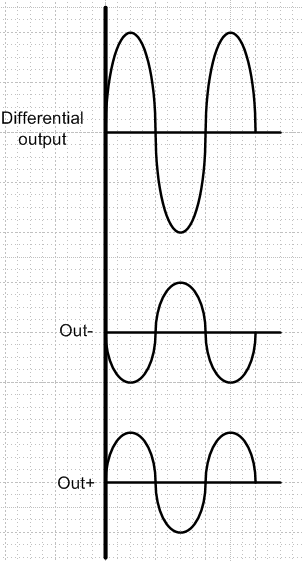Hello
We are currently planning to use the TPA2100 Amplifier for a project together with a big customer. We have planned to use the amplifier to drive a piezo speaker which requires a positive voltage at the speaker. Therefore we have added a DC offset to the output of the amplifier (R18 and R19 inside the attached PDF).
We now see a lot of noise at the output signal to the speaker and also the sound quality is very poor (SPL and THD are ok). Would it be possible to get support from TI to improve the circuit performance or to review our current circuit if this could cause problems within the amplifier?
Thank you and best regards
Markus


